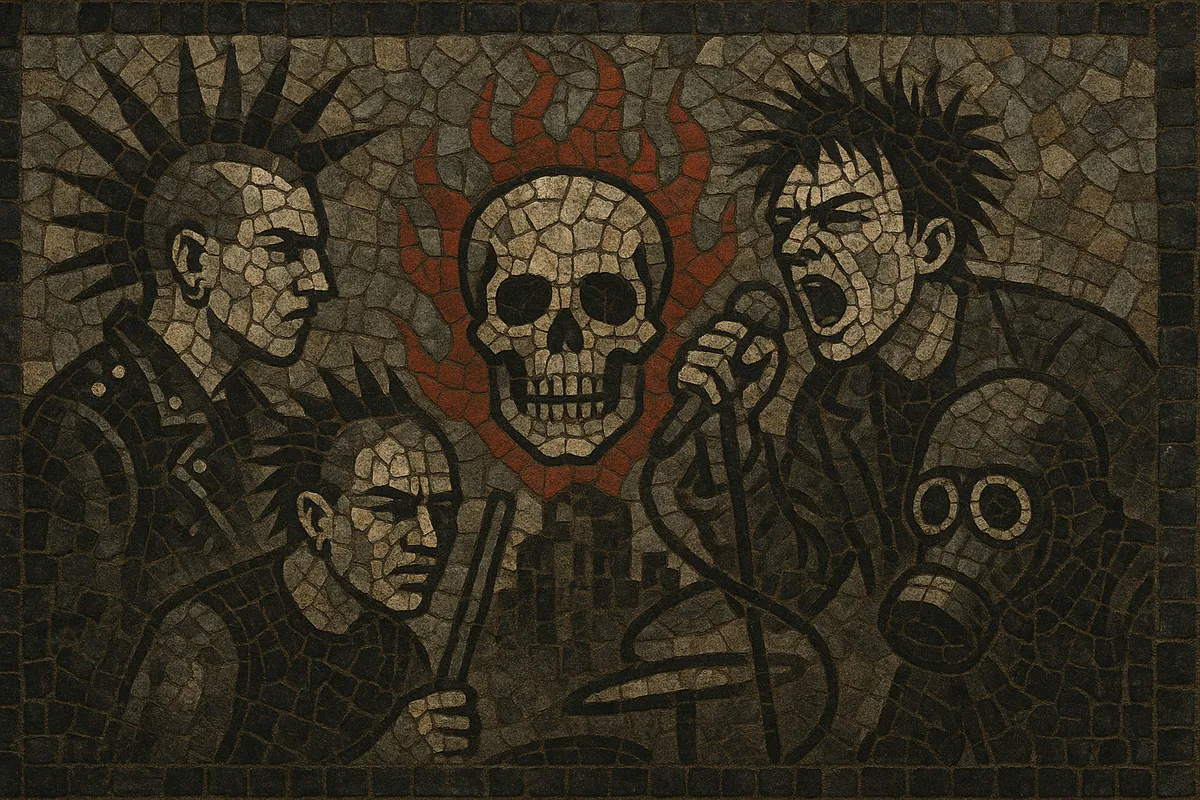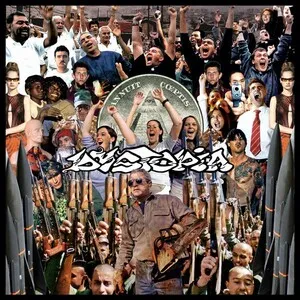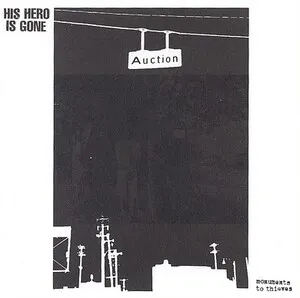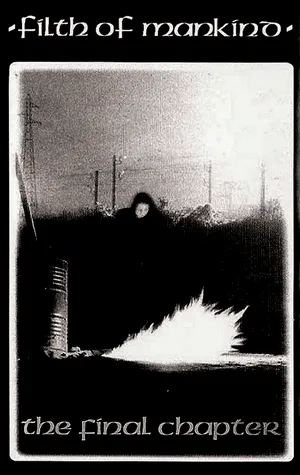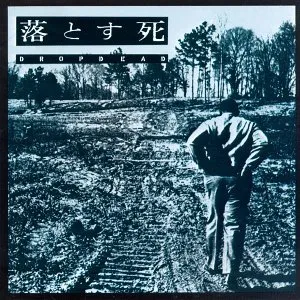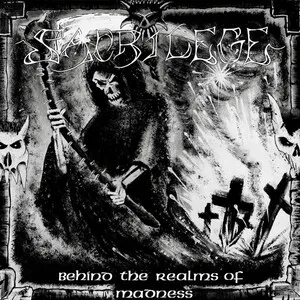Your digging level for this genre
Description
Crust punk is a dark, heavy, and politically charged offshoot of punk that fuses the speed and rawness of hardcore with the weight and bleak atmospheres of metal. It is characterized by abrasive, overdriven guitar tones, pounding D‑beat and double‑time rhythms, and harsh, shouted vocals.
Lyrically, crust punk confronts themes such as anti-militarism, anti-fascism, environmental collapse, social decay, and everyday survival under capitalism, often presented through apocalyptic or dystopian imagery. Its sound and message are inseparable from the DIY ethic, squatter culture, and grassroots activism that nurtured the scene.
History
Crust punk emerged in the United Kingdom in the early 1980s, growing out of the political urgency of anarcho-punk and the relentless power of D‑beat hardcore. Bands absorbed the metallic heft of heavy and thrash metal and, at times, the slow, ominous weight of doom metal. Early forerunners like Amebix and Antisect forged a grim, apocalyptic aesthetic that contrasted with the cleaner, more melodic strands of UK punk.
The term “crust” is commonly credited to Hellbastard, whose 1986 demo helped codify the style’s blend of metallic riffing and punk ferocity. Groups such as Deviated Instinct, Axegrinder, and Doom expanded the template with thicker guitar tones, down-tuned riffs, and bleak, socio-political lyricism. The scene coalesced around DIY venues, squats, and self-run labels/zines, reflecting the genre’s anti-authoritarian ethos.
The sound spread to the United States (e.g., Nausea, Disrupt), continental Europe, and later Scandinavia, where the Swedish scene (with D‑beat and crust overlap) shaped the genre’s speed and guitar tone even further. Crust’s extremity fed into and from the rising grindcore underground, with shared bills, members, and ethics.
From the 2000s onward, newer bands (e.g., Tragedy) pushed a more melodic, expansive approach often called “neocrust,” while others fused crust with black metal (“blackened crust”) or doubled down on the murky, metallic early sound (“stenchcore”). Despite fluctuations in visibility, crust punk remains a resilient, international DIY network that continues to influence heavy music and radical punk culture.

